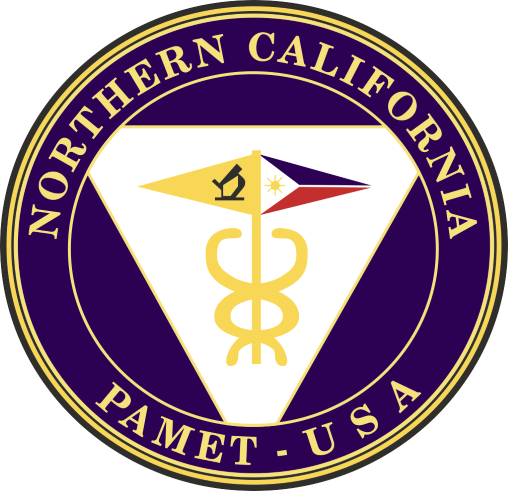Next generation technologies (NGT) deliver huge improvements in cost efficiency, accuracy, robustness, and in the amount of information they provide. Microarrays, high throughput sequencing platforms, digital droplet PCR, and other technologies all offer unique combinations of desirable performance.
As stronger evidence of genetic testing’s clinical utility influences patterns of patient care, demand for NGT testing is increasing. This presents several challenges to clinical laboratories, including urgency, clinical importance, and breath of application in molecular oncology. Laboratories need to add NGT-based protocols while still providing old tests, and the pace of change is increasing.
CHOOSING A PLATFORM
Instrument selection is a critical decision that has to align with intended test applications, sequencing chemistries, and analytical software. Depending on their goals, laboratories might set up NGT’s for improved accuracy of mutation detection, massively higher sequencing capacity per test, more targets combined in one test, much lower cost per base pair assessed, and economy of specimen volume. When high-throughput instruments first made their appearance, laboratories paid more attention to the accuracy of base-reading: Less accurate sequencing meant more data cleaning and resequencing. Now new instrument designs have narrowed the differences, and test chemistry can have a large impact on analytical accuracy. Before NGT’s, major instruments could be current for 6 to 8 years. Now, a major instrument is obsolete much sooner, 2 to 3 years.
Laboratories face numerous technical considerations to optimize sequencing protocols, but the test has to be matched to the performance criteria needed for the clinical indication. For example, measuring response to treatment depends first upon the diagnostic recognition of mutation(s) in the tumor clone; the marker(s) then have to be quantifiable and indicative of tumor volume throughout the course of disease. Beyond choosing a platform, two distinct challenges arise in bringing NGT’s in the lab. The first is assembling the resources for validation and quality assurance. The second is keeping tests up-to-date as new analytes are needed. Training staff to perform testing takes even more time. Proper validation, assembling positive controls, documenting test performance criteria, developing quality assurance proto-cols, and conducting proficiency testing are all very demanding. Labs meet these changes in different ways.
TYPES OF TEST INDICATIONS IN MOLECULAR ONCOLOGY
- Diagnostic panels that permit rapid subtyping
- Distinguishing sporadic from hereditary cancers for risk assessment and to guide cancer management. (e.g. BRCA testing at diagnosis of breast cancer)
- Measuring response to treatment
- Companion diagnostics and screening for druggable tar-gets
- Pre-clinical screening for early detection of malignancy
- Non-invasive sampling (cell-free, fluid-based biopsies)
The options for information technology (IT) pipelines for NGT’s are improving rapidly. At the same time, recent studies still show significant inconsistencies and lack of reproducibility when it comes to interpreting variants in array comparative genomic hybridization, panel testing, tumor expression pro-filing, and tumor genome sequencing. It can be difficult to duplicate published performances in clinical studies because of lack of sufficient information about the protocol (chemistry) and software. Building bioinformatics capacity is a key requirement, yet skilled people are in short supply and the qualification needed to work as bioinformatician in a clinical service are not yet clearly defined.
Tumor biology brings another level of complexity. Bioinformatic analysis must distinguish tumor-specific variants from genomic variants. One of the biggest challenges is to reproducibly interpret the clinical significance of interactions between different mutations, even with commonly known, well-defined mutations. For multiple analyte panels, such as predictive testing for breast cancer, only the performance of the whole panel in a population of patients can be compared; individual patients may be scored into different risk categories by different tests, all for the same test indication.
COMMERCIAL VALUE OF HEALTH RECORDS AND TEST DATA
The future of cancer management likely rests on large-scale databases that link hereditary and somatic tumor testing with clinical outcomes. Extracting health outcomes to correlate with molecular test results is commercially valuable, as the pharmaceutical, insurance, and health-care sectors focus on companion diagnostics, precision medicine, and evidence-based health technology assessment. Laboratories that can develop tests will have an advantage. Besides cost per analyte, one of the drivers for taking up new technologies is that they enable multiplexing many more analytes with less biopsy material.
Small, rapid, cheap, and single use point-of-care (POC) sequencing devices are coming. Some can multiplex with analytical times as short as 20 minutes. Accurate and timely testing will be possible in places like pharmacies, oncology clinics, patient service centers, and outreach programs. Whether physicians will trust POC results alone, remains to be seen.
CONCLUSION
Molecular biology is moving rapidly from an esoteric niche of diagnostics to a mainstream, required component of integrated clinical laboratory services. While NGTs are markedly reducing the cost per analyte and per specimen, and will broaden the scope and volume of testing performed, these are daunting for smaller labs. Aligning test capacity with approved clinical indications will require careful and constant attention to ensure competitiveness.
L.M. Acosta
Jan. 2016


